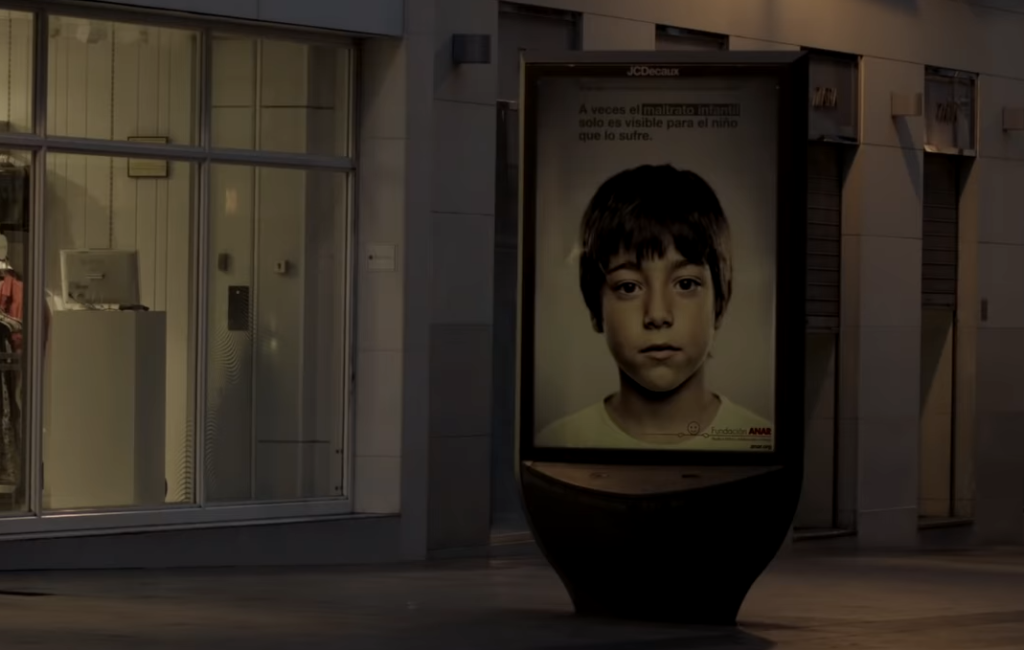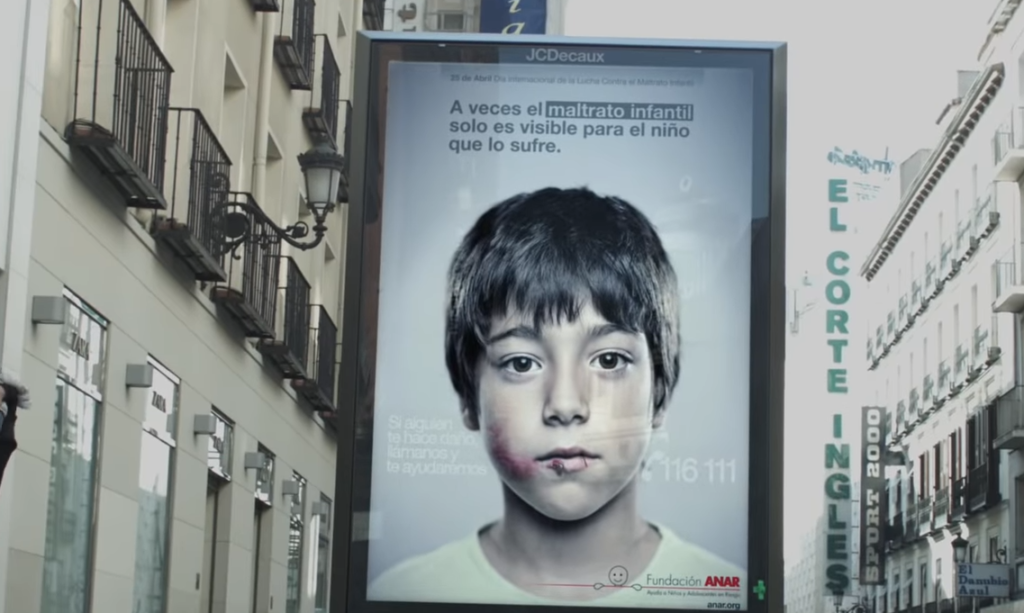There are numerous issues that the world has to confront. One issue that people were hoping to eliminate was child abuse. Several organizations were actively addressing this problem in their unique ways, but one that gained significant attention at the time was the ANAR Foundation.
The ANAR Foundation was striving to raise awareness about this worldwide issue and provide support to abuse victims. During that year, they launched an advertising campaign that garnered considerable online attention. About a decade ago, an advertising campaign was conducted, and currently, people are sharing the information on social media.
Many individuals are expressing their support for the message surrounding child abuse

In Spain, the number to call for children in need is 116 111. The Children and Adolescents at Risk Foundation (ANAR) developed this advertisement, which was also an innovative physical advertising approach. The ad raised a critical question: “How can we effectively convey our message to children even when they are in the presence of their aggressor, which in many cases, may be their parents?“
When adults view the screen, they observe an image of a child alongside a message. The message conveys that sometimes only the child experiencing abuse can see it. Another concealed message lies beneath it, but it’s only visible to children.
To perceive this hidden message, one needs to view the advertisement from a lower angle. When observed from this perspective, the concealed message becomes apparent. “If someone hurts you, phone us, and we will help you.”
How exactly does the child abuse campaign poster actually work?
The secret to the effectiveness of this advertisement lies in a precisely serrated surface, which incorporates a Lenticular lens. This lens reflects light in a distinct manner for viewers above and below a specific height, revealing the hidden message to those who are at the appropriate viewing angle.
Lenticular lenses have been a popular gimmick for many years, used in various applications, from toy rulers to movie posters like the one for Species II, which changes images as pedestrians walk past it. Looking ahead, we can envision more advanced warning systems.
IBM, for instance, is reportedly working on advertisements that can remotely target a user’s individual interests. This targeting would be based on radio frequency-enabled cards that they anticipate consumers will carry with them. Likewise, shopping malls are now capable of tracking users’ cell phone signals as they move from one store to another. Collecting valuable marketing data.

Many viewers commented on how ingenious the child abuse ad campaign was
“I’m a parent of 5 and grandparent of 3 (so far) and I think it’s a GREAT idea. I know first hand that not many kids feel comfortable telling someone close to them that they are being abused (what if it’s the parent/s abusing them). That kind of ad is just what some kids might need to get them to talk to someone and get the help they need to get the abuse to stop. It’s not taking anything away from parents, it’s helping the children and THAT is what this is all about.” – @Calipip4
“Thank you! Finally, someone that can see through a child’s mind and eye honestly, that is exactly how I felt when I was young but now I’m in college and out of there THANK YOU, because *if* I had seen that ad when I was younger maybe that would have gotten me to ask someone for help.. knowing that there is someone out there to help because it was really a struggle..and yes YOU’RE completely right it is for the children..” – @scarletstar6184
Although not everything shared online is fresh content, this particular campaign might be over a decade old, yet people continue to express their profound affection and appreciation for it. In the future, it’s not difficult to imagine billboards broadcasting abuse-notification messages directly to a child’s cell phone or discreetly through technologies like Google Glass. For a detailed explanation of the advertisement, you can watch the video below.